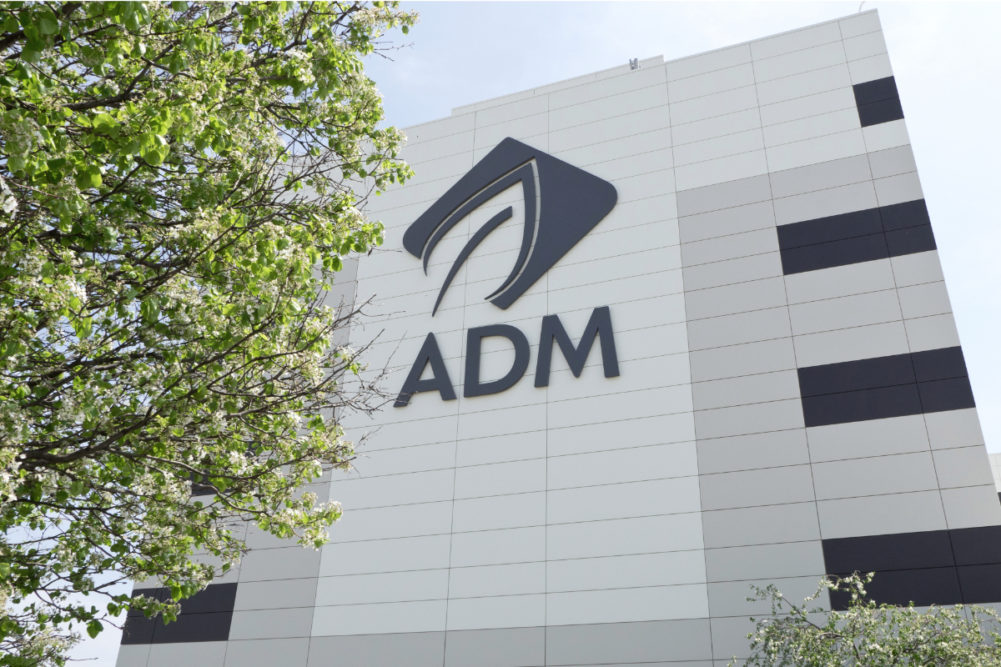BOSTON, MASSACHUSETTS, US — The range of uses for soybeans in food, feed and fuel will keep the versatile crop in demand worldwide, and Juan Luciano, chairman, president and chief executive officer of ADM, said his company is positioned to take advantage of the market.
Speaking Sept. 3 at the Barclays 17th Annual Global Consumer Staples Conference in Boston, Massachusetts, US, Luciano said ADM’s Ag Services & Oilseeds business is primed to provide soybean meal and oil in a world craving affordable, sustainable and traceable protein and energy.
In the second quarter ended June 30, Ag Services and Oilseeds operating profit fell 56% to $459 million from $1.05 billion year on year as lower soybean crush margins had a negative impact. At the time, Luciano noted an “ongoing rebalancing of the supply-and-demand environment and overall lower farmer selling.” ADM’s outlook for the rest of the year is optimistic on a plentiful US crop and expected global demand for soybean meal.

Juan Luciano, chairman, president and chief executive officer, ADM.
| Credit: ©ADMAt the Barclays event, Luciano said the challenging market conditions remain but noted consumers’ continuing desire for affordable protein and governments’ renewable fuels mandates continue to be significant drivers of demand.
Global inflation is pushing people to choose cheaper options for protein, especially chicken, with consumption continuing to grow along with population, Luciano said. US consumers eat about 280 pounds of protein per year, China about 180 pounds and the rest of the world about 80 pounds, he said, offering an avenue for growth.
“Chicken is the cheapest protein, and it’s the one that has the biggest demand,” Luciano said. “Soybean meal right now is the biggest, is the most convenient feed for that. The opportunity to increase protein consumption is enormous, and that’s going to happen with chicken and with pork, and that’s going to happen with soybean meal. So that is strong. That’s a strong fundamental for that.”
Oil can be a more challenging product to place in the market, but domestic consumption of cooking oil is growing with population, Luciano said, and renewable fuels mandates continue to open space for soybean oil to play a greater role.
In November 2023, ADM and Marathon Petroleum Corp. marked the start of operations at their joint venture soybean processing complex, Green Bison Soy Processing, in Spiritwood, North Dakota, US. The complex supplies oil as a feedstock for renewable fuels. The following month, ADM announced a series of investments in Brazil to expand crush capacity at three oilseed processing facilities by a total of 400,000 tonnes.
“We see Brazil crush and the US crush as the most attractive and advantaged crush places,” he said. “That’s where we are investing because these are the two places where you have a domestic market for oil.”
Luciano described Ag Services & Oilseeds as “a very strong business with two strong legs that continue to bring differentiation to the market, whether it’s destination marketing, whether it’s our EU Deforestation Regulation (EUDR) offers for sustainable and traceable products into Europe.”
For example, ADM’s regenerative agriculture program has a goal of enrolling 3.5 million acres in 2024 and 5 million acres globally by 2025. This year, ADM also began offering fully verified, segregated and traceable soybean meal and oil to Europe.
In August, ADM and Farmers Business Network launched a joint venture called Gradable, creating a new company to expand the Gradable technology platform and enable more farmers and buyers to pursue and derive value from grain produced using sustainable and regenerative practices.
“I think that the long-term mandates are increasing,” Luciano said. “Long term, you need more row crops that are sustainable and traceable to be able to supply the renewable industry and the energy transition, so I think that row crops will be a part of the solution. ADM has positioned itself to be a big supplier of those differentiated products, but I think you’re going to see short-term volatility, especially early 2025, I’m pretty sure.”




